By developing a network of biohubs Renewed Carbon can satisfy larger and more specific markets than an individual biohub can on its own.
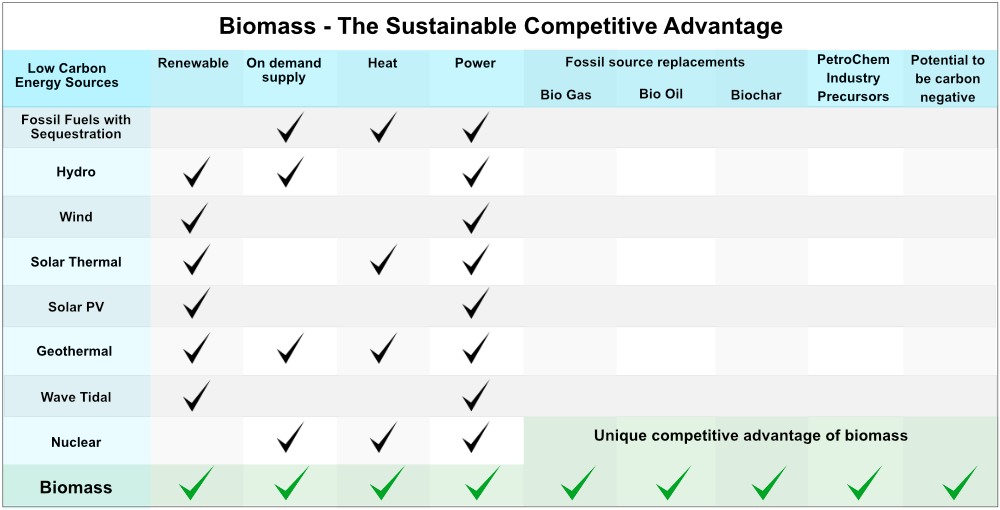
Biomass can fulfil all the roles provided by fossil resources but there is nowhere near enough biomass for full replacement.
What can be sustainably sourced should be applied to the highest and best uses, where bioenergy usually presents as a by-product.
Different biohubs produce different outputs.
Not all outputs will come from one biohub.
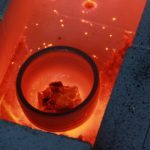
Reductants
Reductants are used to add carbon to iron to make steel, normally coal is used.
Low or no mineral content in the carbon source is critical to prevent impure steel production.
Reductants from some of the Invasive Native Scrub timbers makes the lowest ash content sustainable source of carbon for the steel industry.
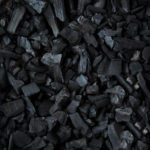
Activated Carbon
Activated carbon is used in filtration of liquids and gases to remove impurities.
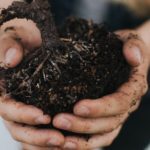
Biochar
Carbon in the soil can last 1-2,000years acting to retain water and provide high surface area substrates for bacterial activity and soil enzymatic reactions important for sol health
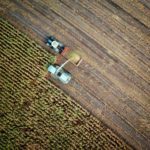
Biochar fertilisers
Combining biochar with specially mixed nutrients can make bulk agricultural fertilisers tailored specifically to landholders soil characteristics and nutrient profiles

Specialty Timbers
Salvaging timbers from the removal of Invasive Native Scrub gives reliable supply of valuable, unique and rare timbers on to the world market for high end products such as musical instruments, craftworks, art, high end parquetry.
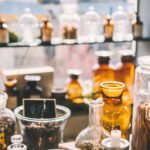
Essential oils
Some Invasive native Scrub species have aromatic oils, some for the perfume industry, some for solvents, some for medicinal purposes
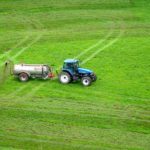
Fertigated water
Excess water from bio-digesters can be returned to farms with a tailored nutrient mix to suit specific soil and crop requirements

Electricity
Electricity is the lowest value product produced. Consequently it will be converted in to higher value products for the hydrogen economy.

